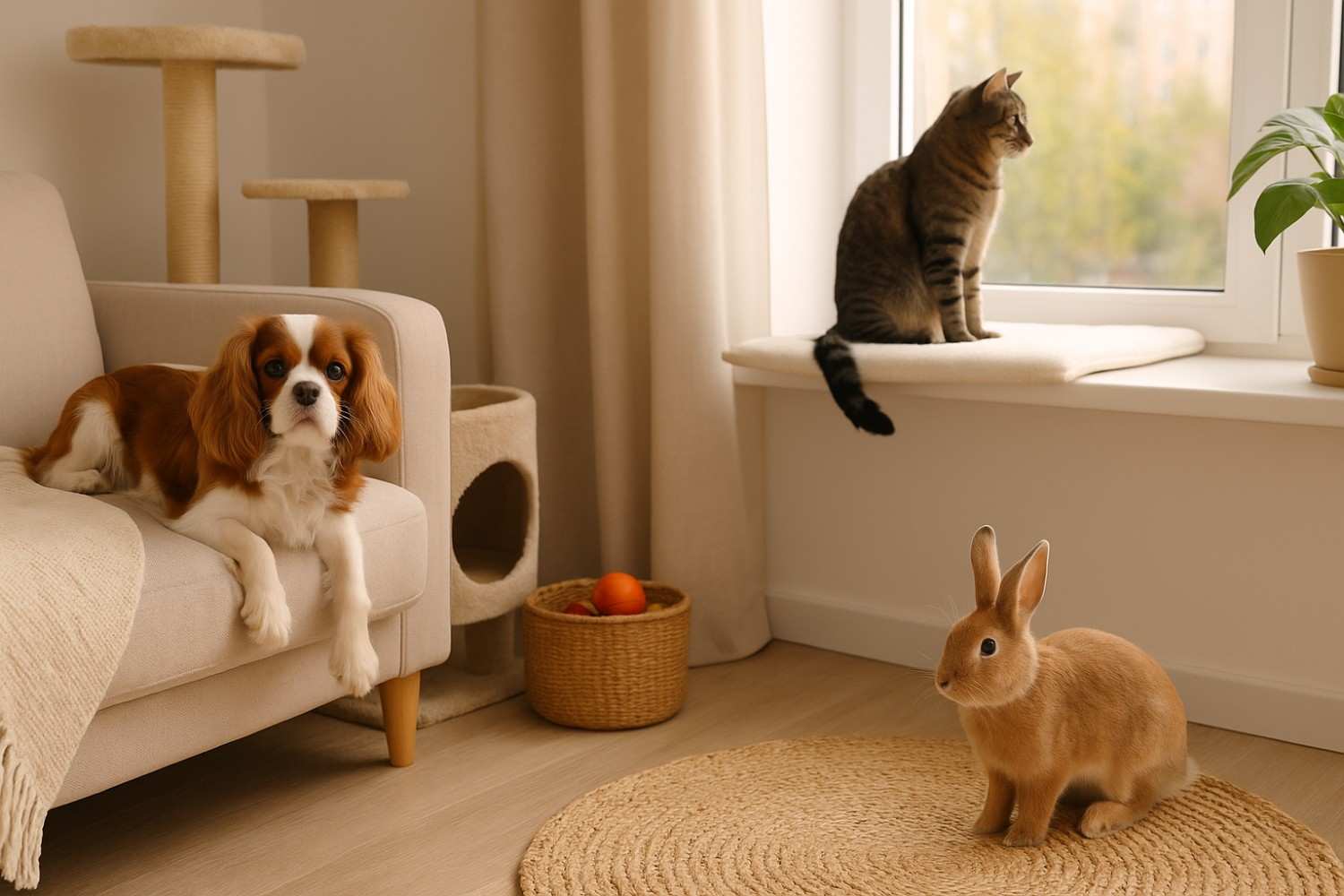Urban living and compact apartments are common today, but limited square footage doesn’t mean pets can’t thrive. With the right strategies, small-space dwellers can ensure their furry companions remain content, healthy, and well-stimulated. Whether it’s a playful cat, a small dog, or a curious rabbit, thoughtful care and creative solutions make a big difference in maximizing comfort and happiness for pets in cozy homes.
1. Maximize Vertical Space
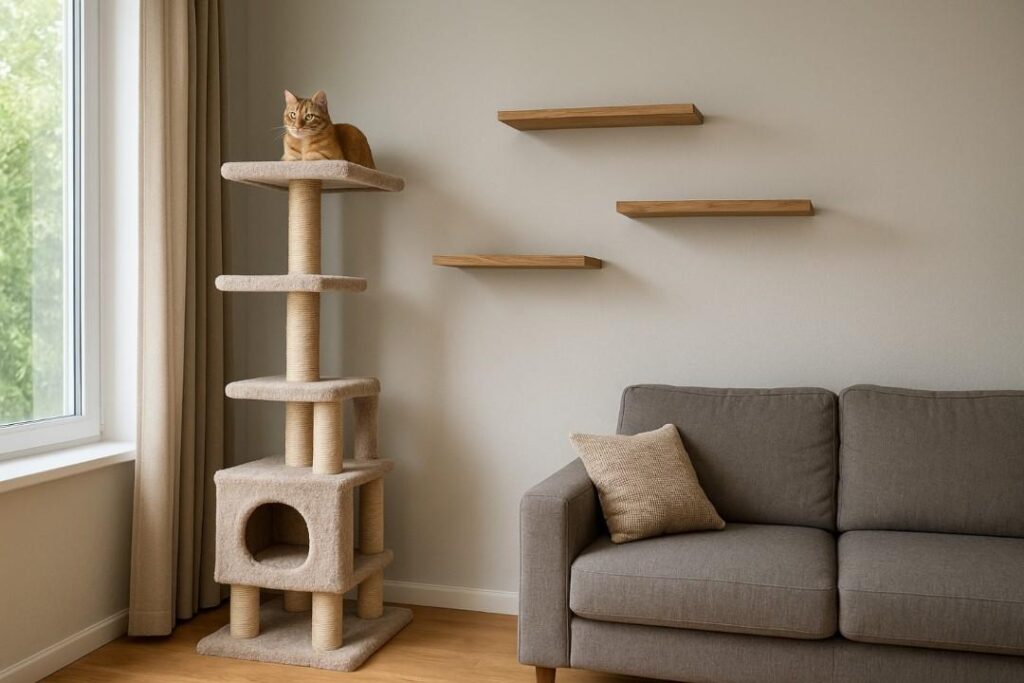
In small spaces, the floor area may be limited, but vertical space often goes unused. Install cat trees, wall shelves, or climbing perches to allow pets—especially cats and ferrets—to explore and exercise vertically. Multi-level habitats also help small mammals like rabbits or guinea pigs. This not only gives pets more territory but also reduces boredom and stress. Choose sturdy materials and secure all fixtures to ensure safety. By encouraging upward exploration, pets enjoy greater variety and enrichment in their environment (source).
2. Rotate Toys and Activities
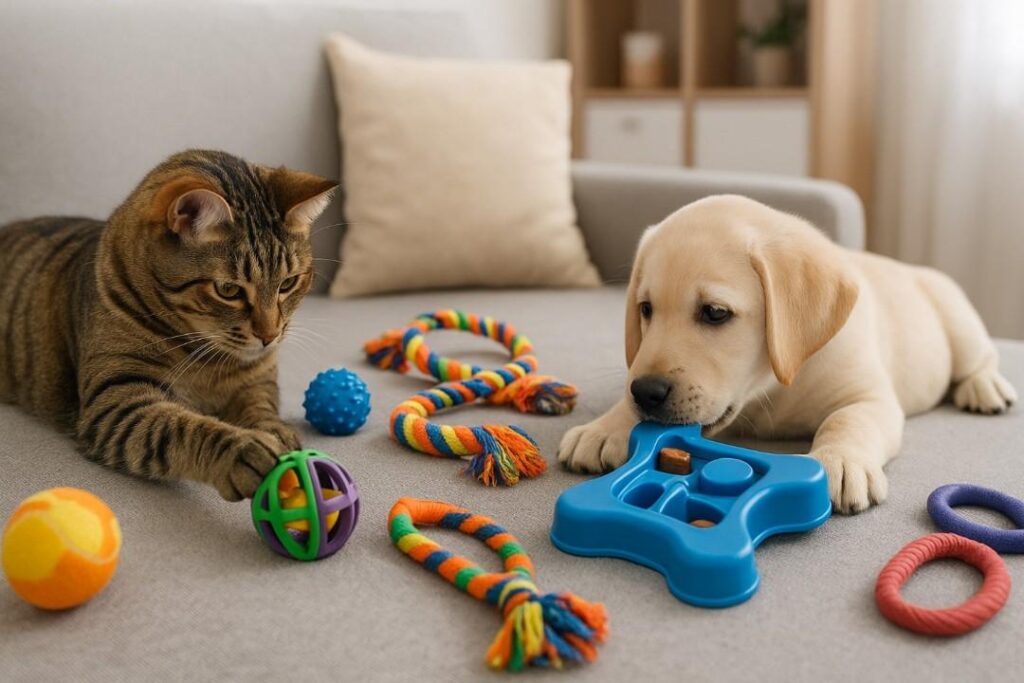
A variety of toys and interactive games keeps pets mentally stimulated and prevents monotony. Regularly rotating toys and introducing new textures or puzzle challenges a pet’s mind and engages their natural instincts. Puzzle feeders, snuffle mats, and treat-dispensing balls are excellent options for dogs and cats. For birds and small mammals, rotating perches or tunnels offers novelty. Ensuring regular change prevents pets from becoming bored or destructive in limited spaces.
3. Establish a Routine

Consistency is crucial for pet happiness, especially in small spaces where unpredictable changes can cause anxiety. Set regular times for feeding, walks, play, and rest to help pets feel secure. Predictable routines reduce stress for animals like dogs and cats, making them less likely to develop behavioral issues. Even small pets like hamsters and birds benefit from stable routines. A structured day reassures pets, enhances bonding, and improves overall well-being.
4. Use Window Perches and Views
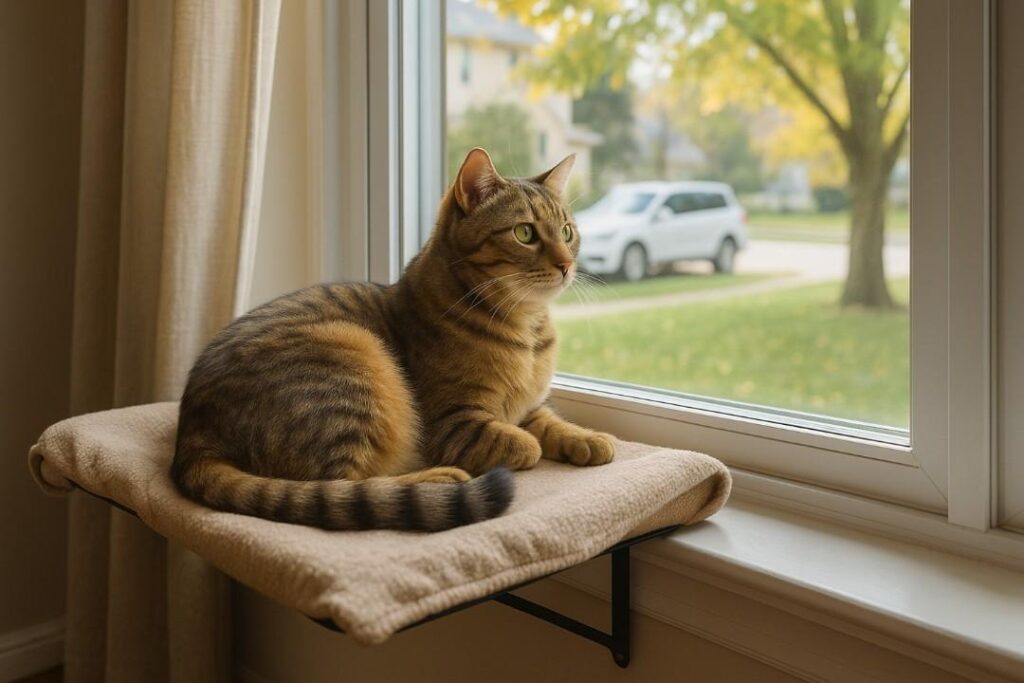
Natural light and outdoor views are highly stimulating for pets. Window perches for cats, secure ledges for small dogs, or bird stands provide visual enrichment and help reduce boredom. Watching birds, passersby, or simply basking in the sun can lift your pet’s mood. Ensure all window perches are stable and screens are secure to prevent accidents. Even a small balcony or window box garden offers exciting sights and scents for curious pets.
5. Invest in Compact, Multi-Functional Furniture
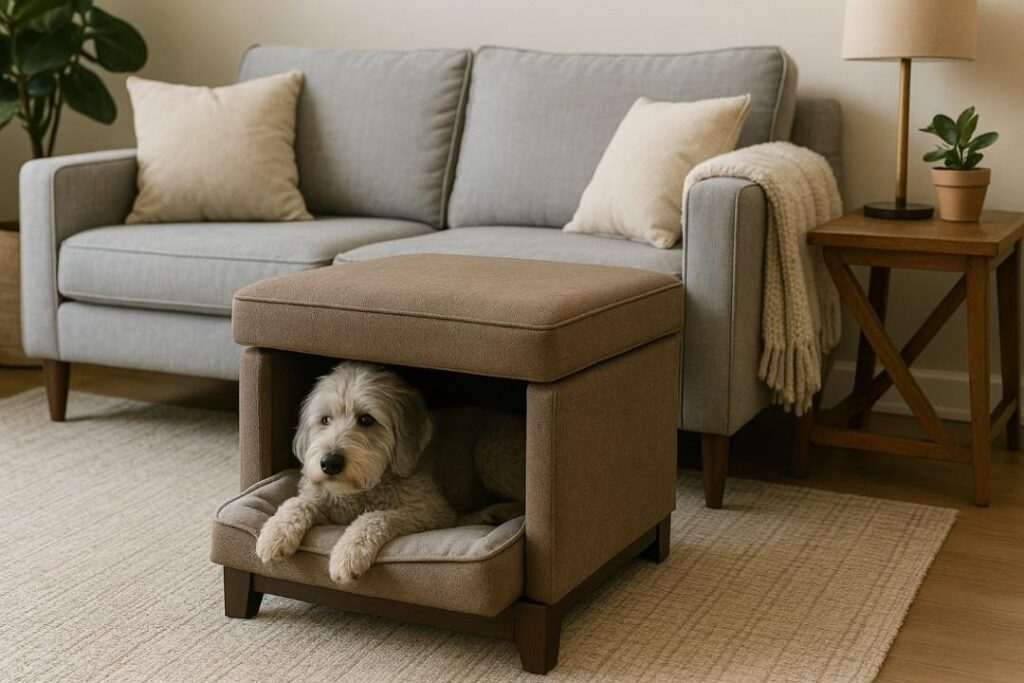
Space-saving pet furniture like ottomans with hidden beds, foldable crates, or wall-mounted scratching posts can provide comfort without cluttering your home. Choose furniture that serves both pet and human needs—like coffee tables with built-in pet beds or modular play centers. This approach keeps your living area organized while ensuring your pet has dedicated zones for rest and play, enhancing their comfort and your space’s functionality.
6. Prioritize Daily Exercise
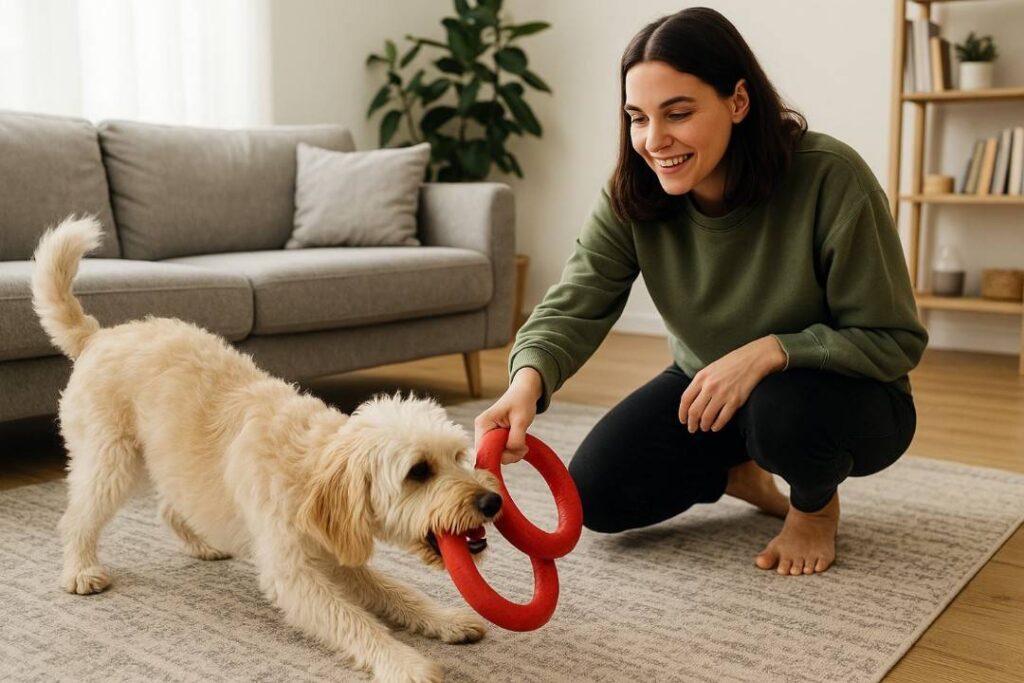
Limited indoor space means pets may not get enough physical activity. Prioritize daily exercise tailored to your pet’s breed and energy level. Short but frequent walks, indoor fetch, or interactive laser games for cats can help burn energy. Small pets like rabbits and ferrets benefit from supervised “free roam” time outside their cages. Ensuring daily movement is key to preventing obesity, restlessness, and behavioral issues in confined environments.
7. Designate “Quiet Zones”
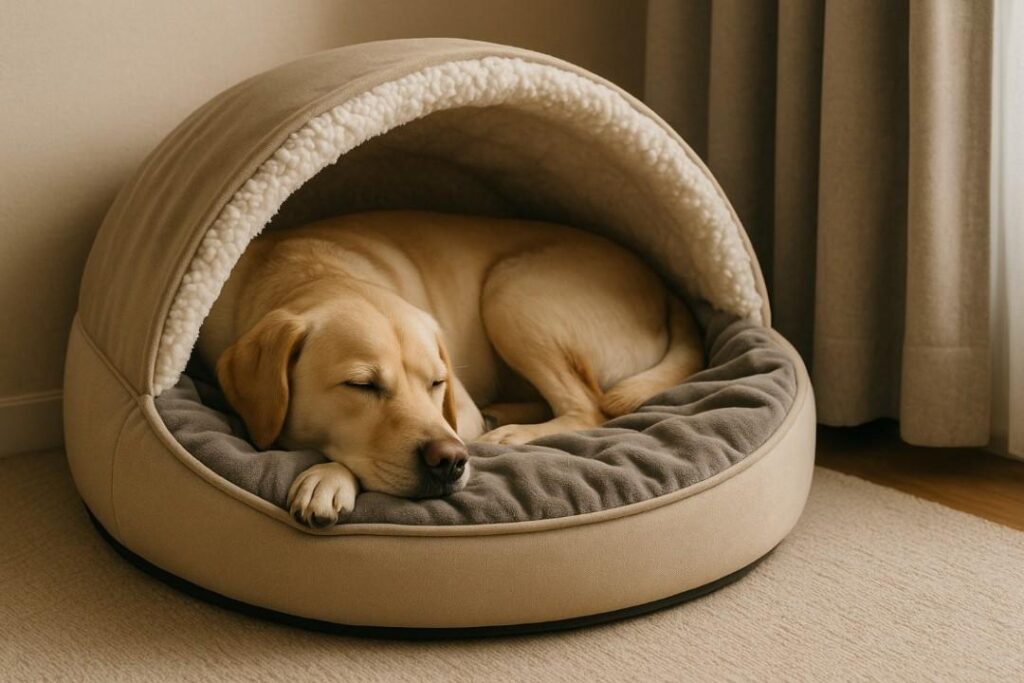
Pets, like humans, need a retreat where they can relax undisturbed. Create a quiet, cozy corner using soft bedding, covered crates, or even a blanket-draped nook. This sanctuary gives pets a safe space to decompress, especially important in busy households or shared living situations. Make sure the area is away from heavy foot traffic and loud noises. A consistent, peaceful spot can reduce stress and help pets feel more secure in smaller homes.
8. Keep Litter Boxes and Cages Clean
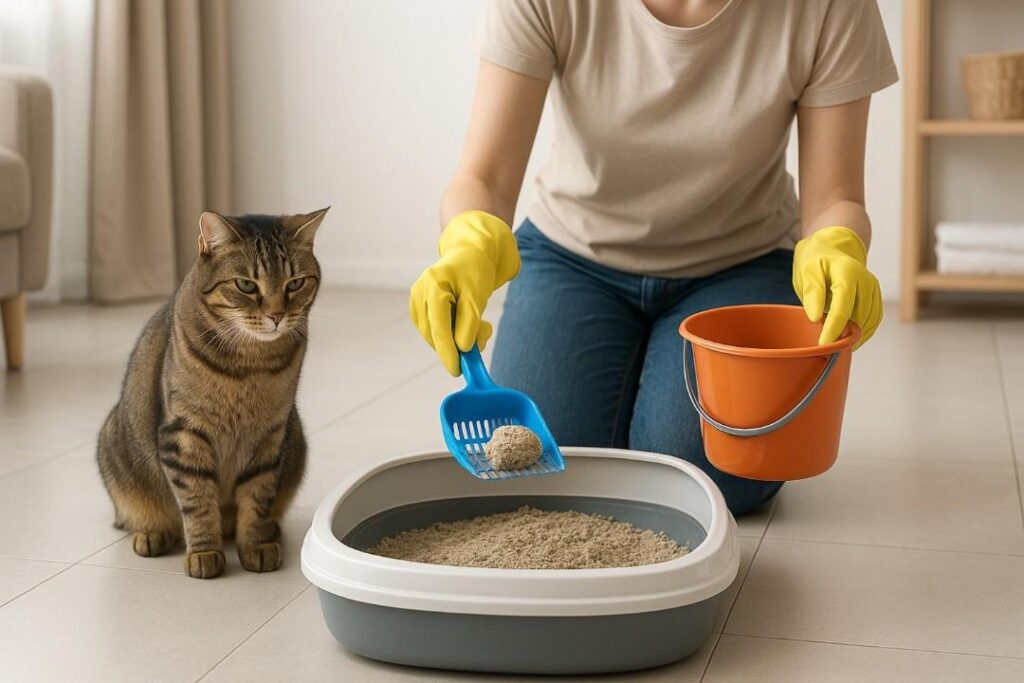
In confined spaces, odors and messes accumulate quickly, impacting both pet health and household harmony. Clean litter boxes, cages, and bedding regularly—ideally daily for cats and weekly for small mammals. Use unscented, high-quality litter and safe cleaning products to minimize respiratory risks. A tidy environment reduces stress for pets and helps prevent unwanted marking or destructive behavior caused by unclean conditions.
9. Use Enrichment Feeders
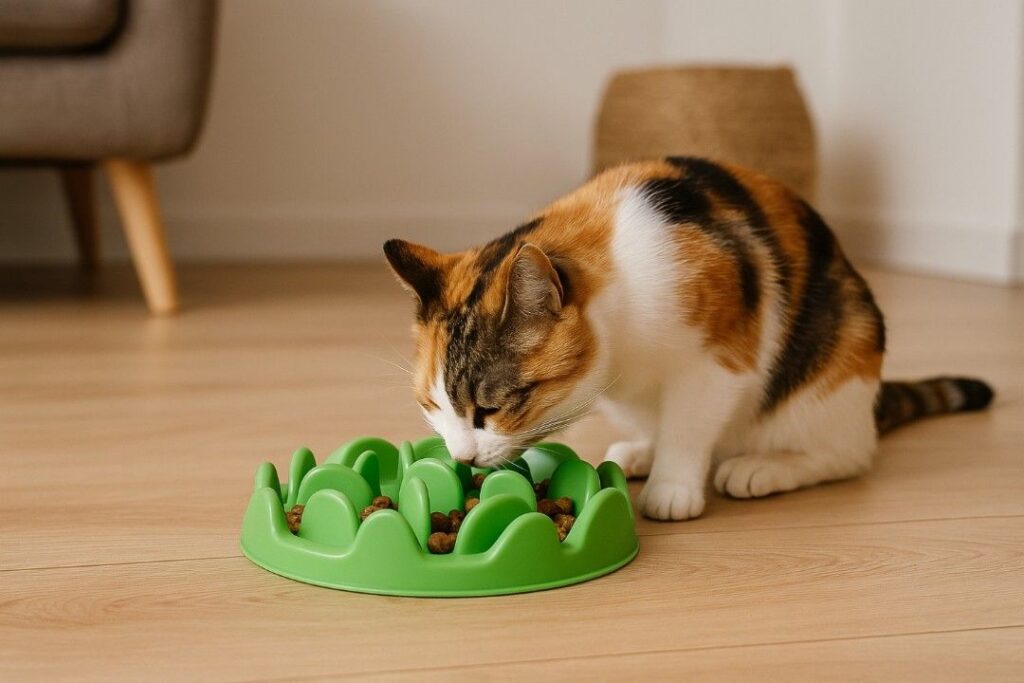
Standard food bowls can make mealtimes dull for pets. Enrichment feeders, puzzle bowls, or treat-dispensing toys make pets work for their food, stimulating their brains and slowing down eating. Dogs, cats, rabbits, and even birds benefit from the challenge of “hunting” for their meals. These feeders help combat boredom, reduce overeating, and support healthy digestion, especially in limited living spaces.
10. Maintain Social Interaction
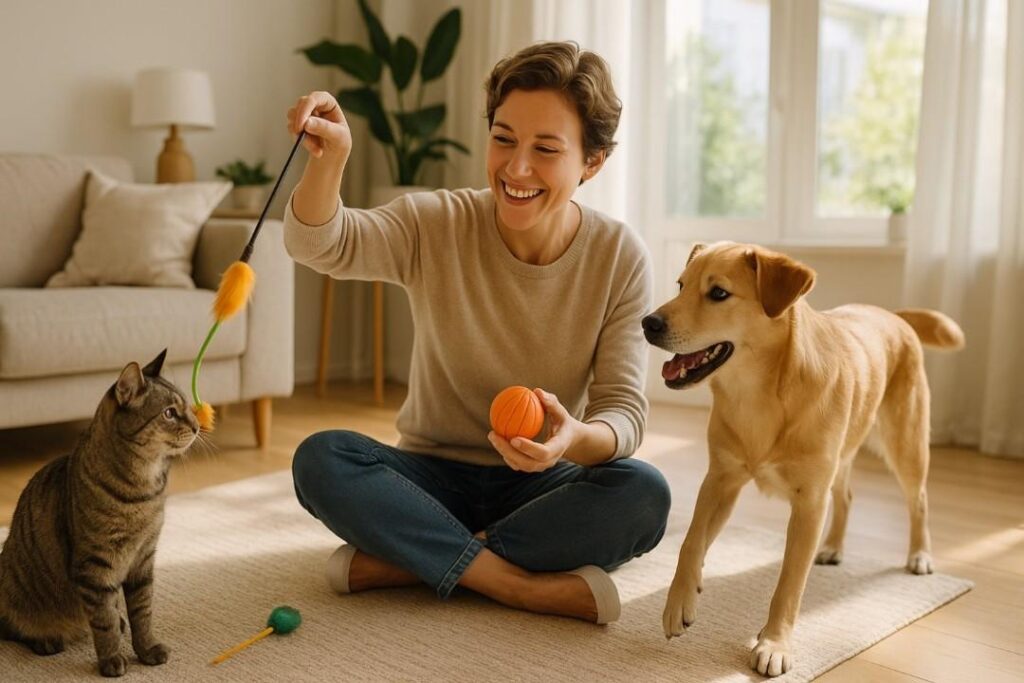
Pets need companionship and social stimulation, especially in smaller environments where loneliness can set in quickly. Spend quality time each day engaging with your pet through play, training, grooming, or cuddling. If your pet is sociable, consider safe introductions to other animals during supervised playdates. Social engagement supports emotional well-being and can help curb behavioral problems associated with boredom or isolation (source).
11. Optimize Climate Control

Small spaces can heat up or cool down rapidly, affecting your pet’s comfort and health. Monitor indoor temperature and humidity, providing fans or air conditioning in summer and cozy bedding or pet-safe heating pads in winter. Avoid placing cages or beds near drafty windows or radiators. Ensure fresh water is always available, as pets can dehydrate quickly in warm environments. Thoughtful climate control keeps pets comfortable year-round, preventing health problems linked to temperature extremes.
12. Make Use of Mirrors
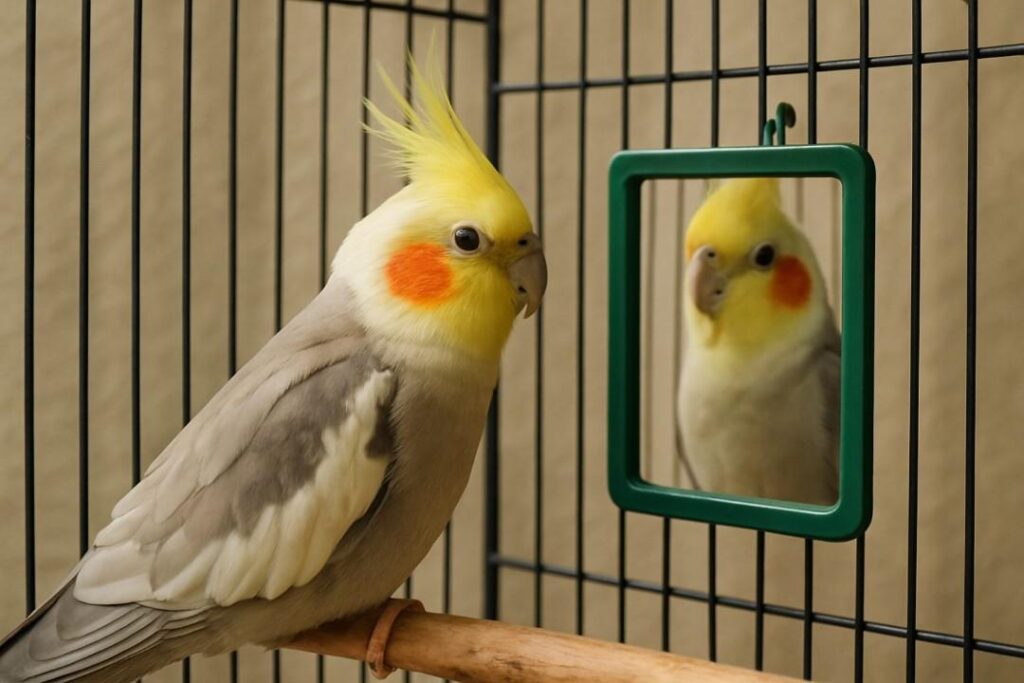
Mirrors can create the illusion of space for pets as well as humans. Many animals, especially birds and some small mammals, enjoy interacting with their reflection, which can provide enrichment and mental stimulation. However, observe your pet’s reaction: while some find mirrors entertaining, others may become stressed. Use shatterproof mirrors and place them where pets can interact safely. Monitor for signs of distress and remove mirrors if your pet seems anxious.
13. Provide Regular Outdoor Time
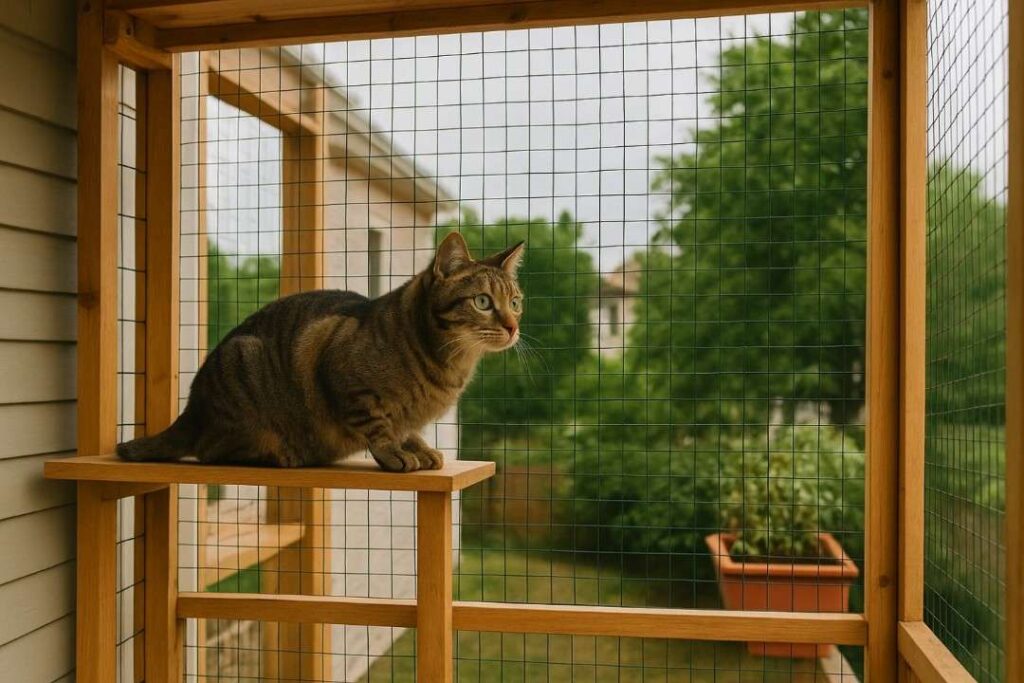
Whenever possible, give pets supervised access to outdoor spaces—balconies, patios, or safe, enclosed yards. For cats, consider leash walks or “catios”; for dogs, regular walks are essential. Small pets can enjoy secured playpens on balconies or in gardens. Fresh air, new smells, and natural sunlight are vital for physical and mental health, even if just for short periods. Always ensure outdoor environments are escape-proof and pet-safe.
14. Use Aromatherapy and Calming Scents
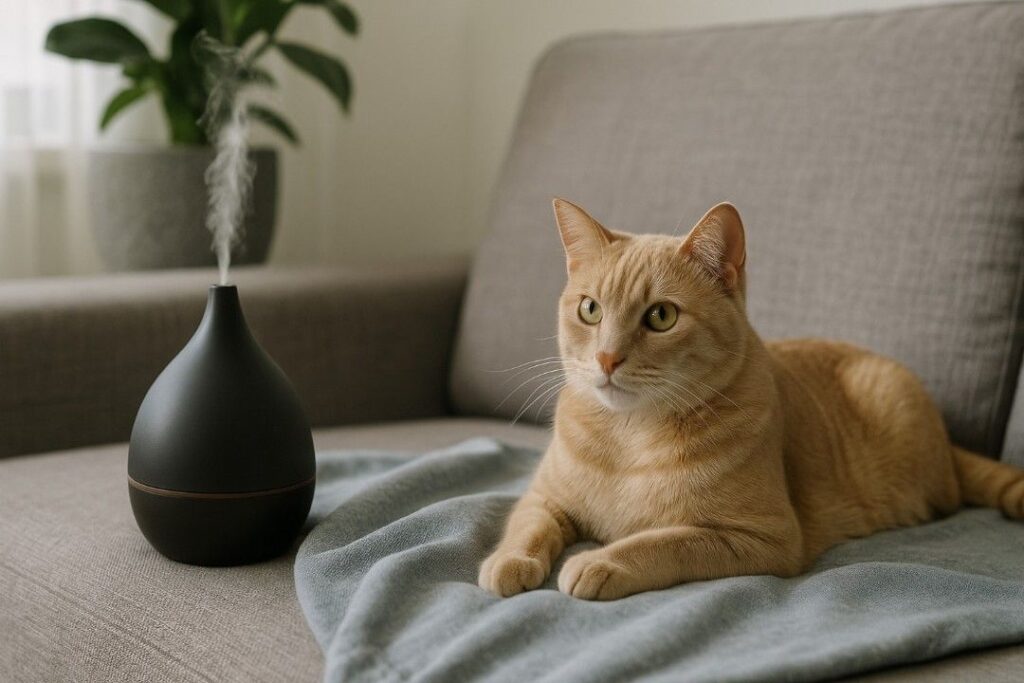
Soothing scents can help reduce anxiety in pets living in small, bustling homes. Use pet-safe diffusers with lavender or chamomile, or calming sprays designed specifically for animals. Never use essential oils directly on pets or in high concentrations, as some can be toxic. Always provide proper ventilation and observe your pet for any adverse reactions. Calming scents can ease stress and make small living spaces feel more relaxing for your furry friends.
15. Schedule Regular Vet Checkups

Close quarters can make it easier for minor health issues to go unnoticed. Schedule regular veterinary checkups to monitor your pet’s well-being, dental health, and weight. Discuss your living situation with your vet—they can provide tips for small-space enrichment and early signs of stress or illness to watch for. Preventive care is essential for pets in confined spaces, ensuring they stay healthy and happy for years to come.

